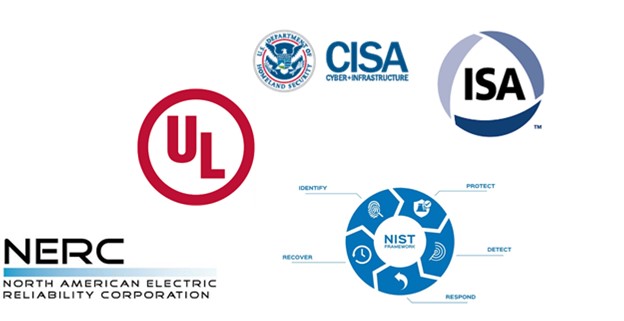

The use of industry standards to codify accepted and proven practices is long established in virtually all engineering and design disciplines. Formal standards are referenced during specification, design, and development to ensure the consistency, safety, performance, and quality of products and systems used in virtually all parts of society.
The approach used to develop standards is also well established, typically requiring consensus among experts using processes and practices facilitated by formal standards development organizations (SDO’s). Organizations like the American National Standards Institute (ANSI) support voluntary standards and conformity assessment systems and confirm that standards development organizations employ proven and effective processes and methodologies.

Application of these processes results in the creation of formal standards documents that specify the normative requirements that must be met for the subject in question. These documents are typically comprehensive and detailed, using language that may be seen as stilted or even arcane to the casual reader. This can be an obstacle to the adoption and application of these standards. If standards development organizations (SDO’s) wish to increase the acceptance and adoption of their standards they must find ways to address this challenge. They must move beyond the simple document model to embrace the ways that people collect and employ information in a world of online systems and social media.
SDO’s must maintain or improve the specificity and quality of standards while finding ways to make their content more accessible, responsive to changing circumstances, and easier to apply. The essential purpose of engineering standards is to codify accepted and proven practice. Traditionally this has resulted in standards that can take years to develop and remain unchanged for several years. While this approach may work for many disciplines there are others that must be able to adapt and change much more rapidly. Examples include cybersecurity and smart devices.
We must ask ourselves whether current practices and methods are still sufficient to meet these changing needs. While a traditional standard document may be a useful reference source, we must find ways to turn it into a more active tool for use by those trying to apply the content. For example, in addition to publishing the usual document, what if an SDO were to deliver the content in the form of an online portal to a database that would allow interactive navigation of the content? The user could pose queries to get the information that they need. Examples include:
Some SDOs and committees are beginning to experiment with ways to accomplish this. If successful this will lead to improved tools for those applying standards, which will hopefully, in turn, lead to increase adoption and acceptance. It may also help to change the perception of standards as staid and boring and encourage others to contribute their expertise to standards creation.

